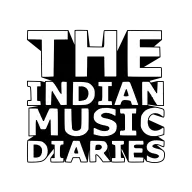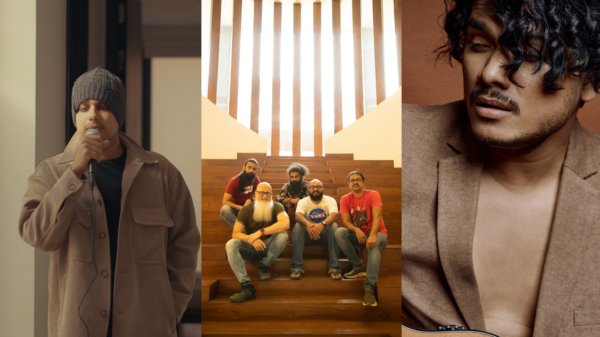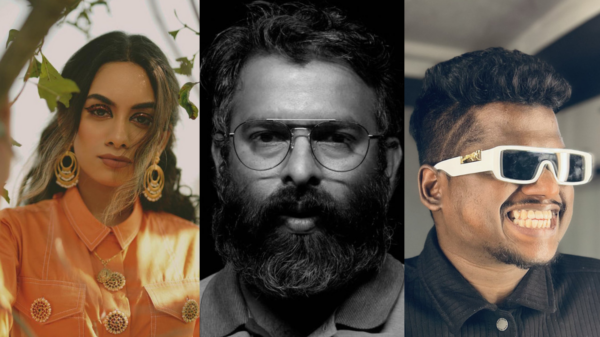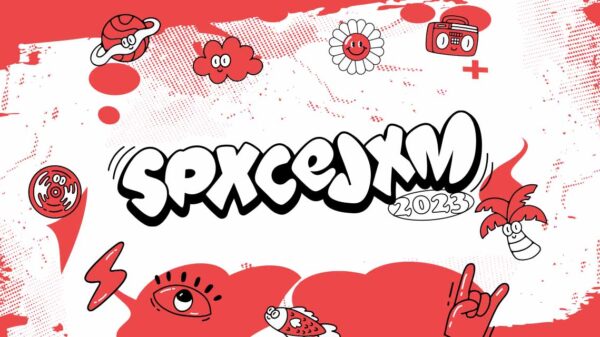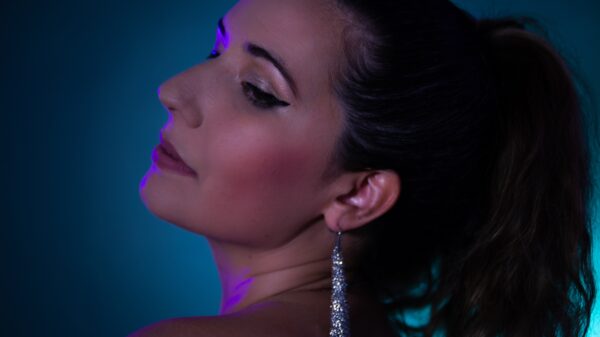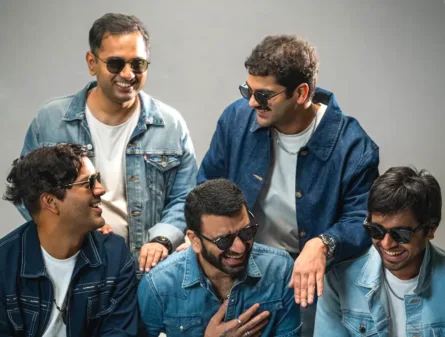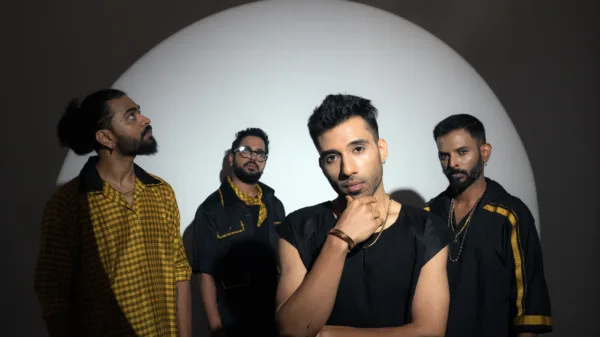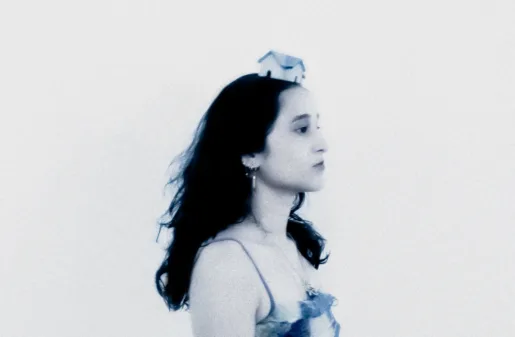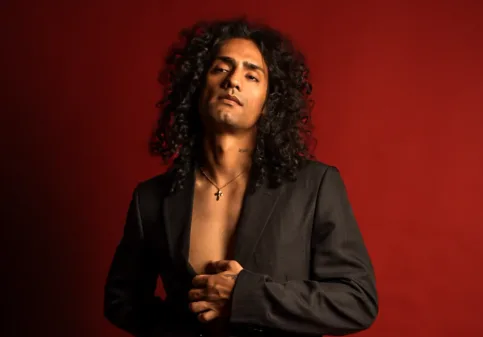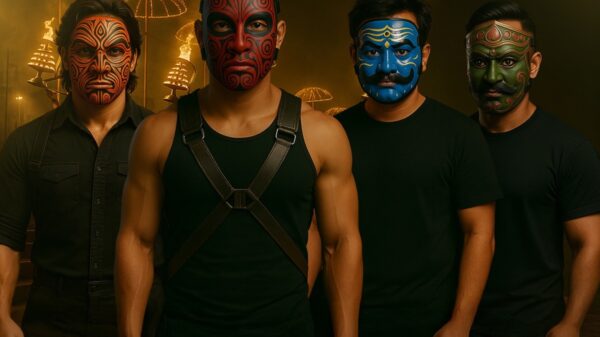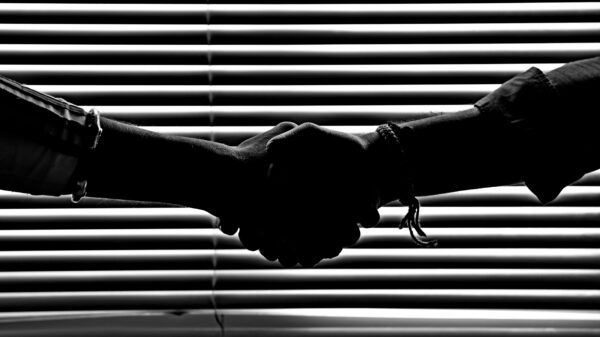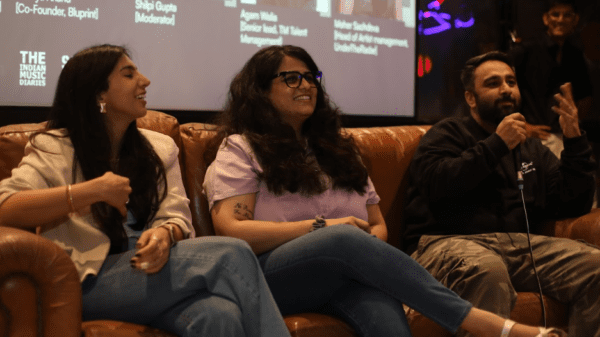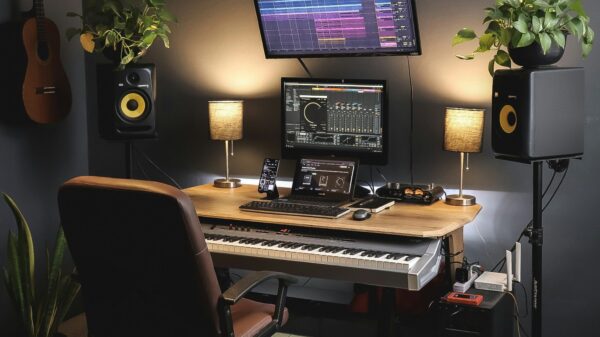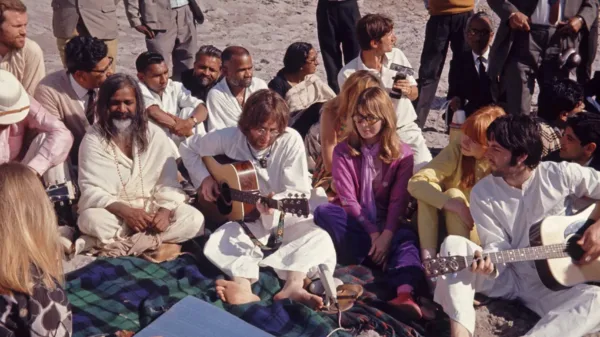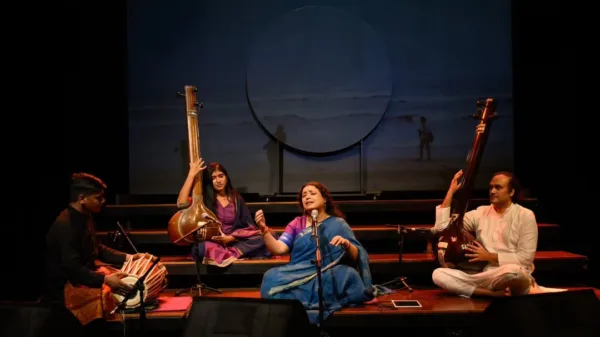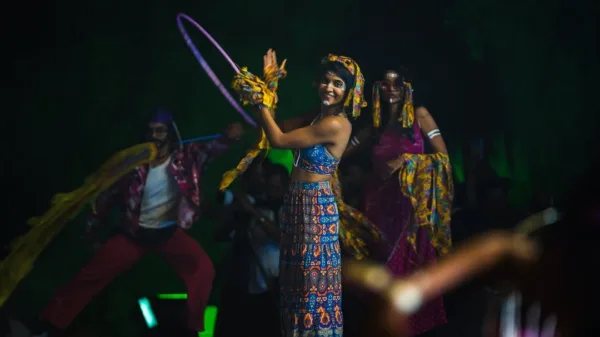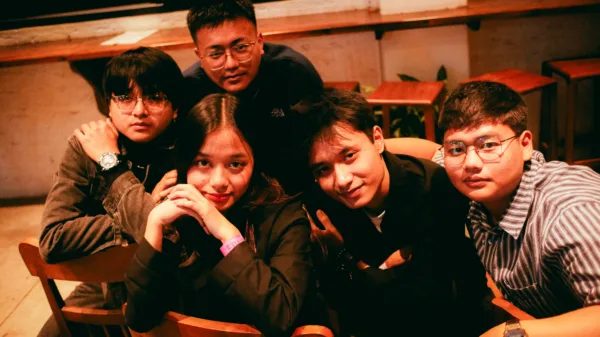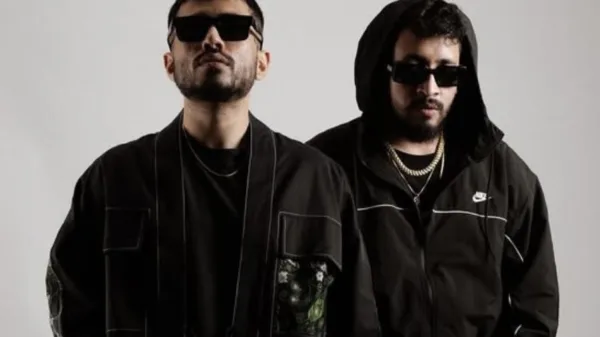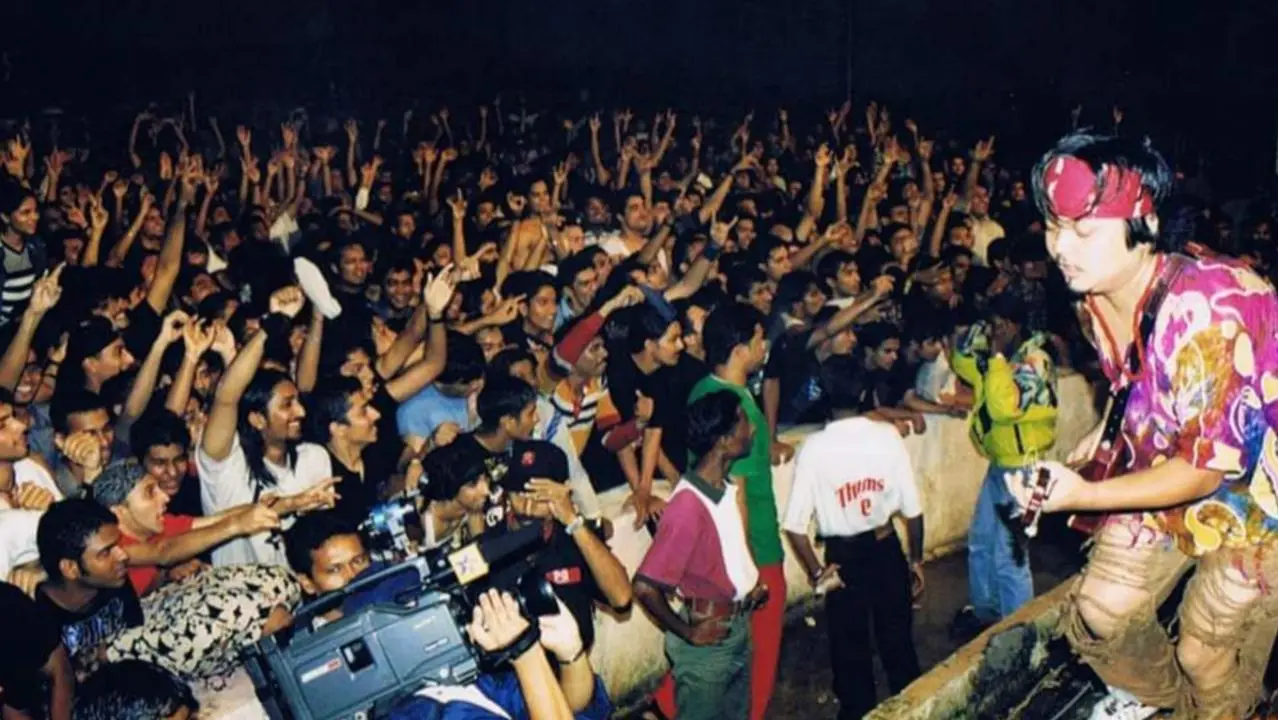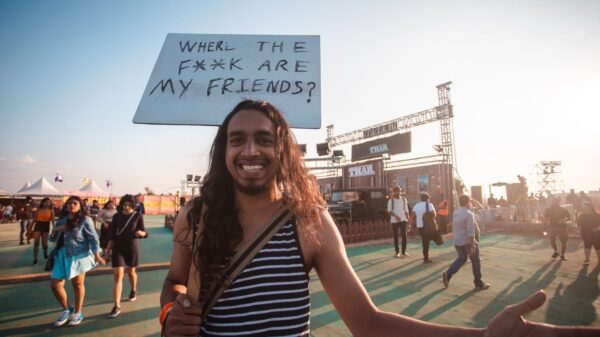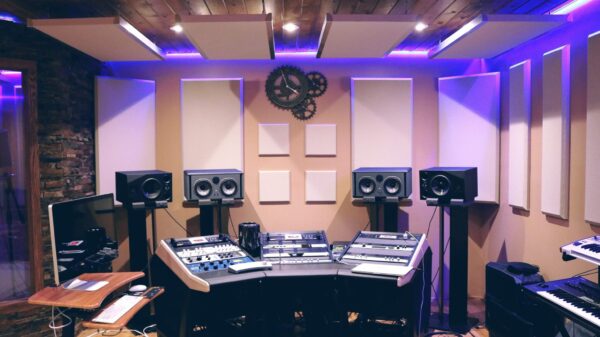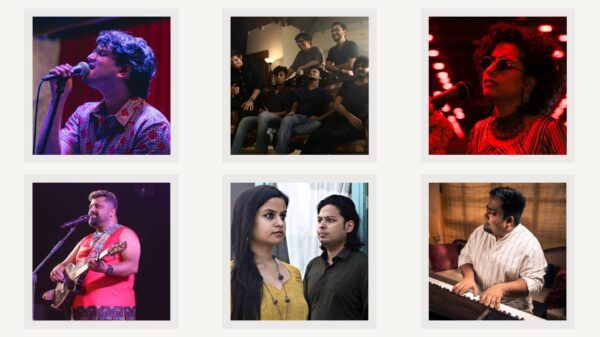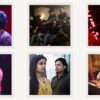Concerts in India have always been more than just about music—they’re about identity, expression, and belonging. From the rebellious underground rockers of the ’80s to today’s genre-blending, self-styled festival-goers, gig fashion has mirrored the ever-shifting pulse of Indian youth culture. Here’s a look at how what we wear to concerts has changed over the decades, influenced by genres, city-specific trends, and socio-cultural shifts.
1980s: The Rock Rebellion

In the ’80s, India’s live music scene was just beginning to push beyond classical performances and mainstream Bollywood shows. A small but passionate rock and metal community started to take shape in cities like Mumbai and Bangalore. Concert-goers expressed their allegiance to the genre through black T-shirts, frayed jeans, and DIY band merch. Without access to official merchandise, many painted their own band logos or crafted custom patches.
Leather jackets and bandanas were popular accessories, inspired by the Western rock acts whose cassettes were passed hand to hand. Hair was long, boots were heavy, and the look was proudly rebellious—though often concealed from strict parents. Gigs at venues like Rang Bhavan became safe spaces where fans could swap out their formal clothes for their real selves. It was more than a look; it was a statement of counterculture.
1990s: Indipop and Alt-Rock Collide

The liberalization of the Indian economy and the arrival of cable TV transformed the ’90s. MTV brought global pop culture into Indian living rooms, and suddenly, music—and fashion—felt more accessible and personal. This era saw the rise of Indipop and Bollywood fusion artists, as well as a growing alternative rock scene.
Concert-goers at Indipop gigs often dressed in vibrant, flashy styles—acid-wash jeans, printed shirts, denim vests, and sneakers. Fans of artists like Falguni Pathak emulated the casual-yet-colorful vibe of her music videos, while Daler Mehndi’s followers embraced flamboyant kurtas and turbans. On the other end of the spectrum, alternative rock fans turned to the grunge look: flannel shirts tied at the waist, ripped jeans, and oversized sweaters.
The divide between Bollywood-pop fans and alt-rock loyalists became quite pronounced in concert attire. At one gig, you’d see glitter and bright prints; at another, a sea of black T-shirts and combat boots. College festivals became breeding grounds for both, creating a rich cultural tapestry of Indian concert fashion.
2000s: Global Acts and Genre Identity

The 2000s saw a dramatic boom in India’s concert calendar. International acts like Iron Maiden, Bryan Adams, and The Rolling Stones began touring Indian cities, while homegrown indie bands like Parikrama, Indian Ocean, and Pentagram grew their fanbases.
With wider access to band merchandise and the internet fueling fandom, fans started wearing band tees with pride. Metalheads clung to the classic black tee and camo pants combo, often adding battle jackets covered in patches. Bangalore, known for its rock legacy, saw fans turning out in impressive numbers, decked in carefully curated outfits for each show.
Meanwhile, indie fans brought a more eclectic aesthetic—plaid shirts, beanies, messenger bags, and printed scarves. Fusion artists like Indian Ocean sparked a revival of ethnic fashion at gigs: cotton kurtas, kolhapuri chappals, and block-printed shawls mingled with jeans and canvas shoes. For Bollywood concerts, the look leaned toward glam: sequins, statement tops, and clubwear.
This decade also marked the early years of EDM culture in India, especially with the advent of Sunburn in Goa. Fans sported tank tops, sunglasses, beach shorts, and the occasional glow-in-the-dark accessory—laying the groundwork for a distinct rave aesthetic.
2010s: Festival Culture and Instagram Influence
The 2010s heralded the rise of the music festival in India. NH7 Weekender, Magnetic Fields, VH1 Supersonic, and more became cultural phenomena. And with them, festival fashion took center stage.
Fans now dressed to be seen—and photographed. Festival-goers leaned into maximalism: floral shirts, graphic tees, sunglasses, sneakers, and hats were staples. Accessories became louder: chunky jewelry, statement bags, temporary tattoos, and body paint were everywhere. Influencers and street style blogs added to the pressure to “look the part.”

Sunburn fans embraced international rave culture—neon vests, crop tops, reflective sunglasses, and LED accessories. At hip-hop gigs, oversized hoodies, snapbacks, sneakers, and streetwear brands dominated. Indie concerts retained their earthy charm, with printed shirts, dungarees, kurtas, and sling bags in full view. Gender-neutral fashion began taking root, with many attendees freely experimenting across styles.
City identities also began to emerge. Delhi crowds leaned toward high-street fashion and branded sneakers, Mumbai fans brought bold experimental flair, and Bangalore held on to a laid-back, functional aesthetic. In the North-East, particularly Shillong, classic rock style remained iconic—leather jackets, tight denim, and long hair still ruled.
2020s: Expression Without Limits
The 2020s have seen an explosion of individualistic style. Fans now dress not just for music but to reflect personality, politics, and performance. At major festivals, you’ll see everything—from glitter sarees paired with sneakers to thrifted Y2K throwbacks and handmade, sustainable pieces.
Artist-centric fashion has taken off. Coldplay gigs see fans in pastel lights and glow-in-the-dark bracelets. K-pop fans turn out in matching coordinated outfits or full-on cosplay. Swifties, Beliebers, and Directioners often dress thematically, referencing lyrics, eras, or album art.
Traditional Indian fashion has made a huge comeback—just repurposed. Sarees over t-shirts, bandhani headwraps, jhumkas with denim—it’s all welcome. DIY is thriving again, with custom jackets, painted bags, and hand-stitched lyrics showing up on everything from jeans to totes. There’s also a strong undercurrent of gender inclusivity: eyeliner, pearls, skirts, or dhotis—everyone wears what feels right.
Footwear is functional—combat boots, platform sneakers, or Crocs rule the field. Accessories like bucket hats, belt bags, and tinted glasses offer both utility and flair. Importantly, many young concert-goers now make ethical choices, supporting sustainable brands or thrifting their looks.
Concerts today are a riot of creativity. A single crowd might include punk kids, boho dreamers, glam pop fans, and minimalist ravers—all jamming to the same beat. Fashion at gigs has become as much about community as it is about style.
Gig fashion in India has come a long way. It’s a living, breathing reflection of a generation unafraid to show up as their truest selves. As the music grows louder, so does the style—and there’s no dress code more important than feeling free.
